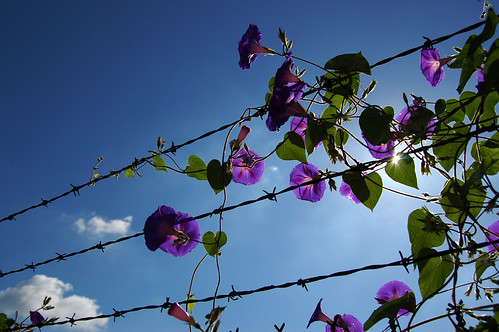Beyond FINESSE: Sister MixedAndHappy.com Contributors
 I’m happy to announce I’m now a weekly columnist at MixedAndHappy.com, a site I profiled last spring. My M&H columns will highlight resources of special interest to M&H readers, many of whom have young mixed-race families.
I’m happy to announce I’m now a weekly columnist at MixedAndHappy.com, a site I profiled last spring. My M&H columns will highlight resources of special interest to M&H readers, many of whom have young mixed-race families.Founded by supermom Suzy Richardson, MixedAndHappy.com is growing into a dynamic community of readers from all over the world and now writers located across the country and in the U.K. I’m honored to join its regular contributors!
Donna Sparrow
I just discovered Donna Sparrow’s blog and love the way she celebrates her beautiful family on ThisNest.com. Mom of five mixed-race kiddos ranging in age from teen to toddler, Donna has also helped raise many of her husband’s eight much-younger siblings, some of whom continue to struggle with challenges ranging from depression to schizophrenia. In her current M&H post, “My Children’s Truth,” Donna writes: “Our children are not black, nor are they white; they are both. They are not half of anything, but rather a whole — times two.” Love it.
Louise Cannon
Based in South London, Louise Cannon has two mixed-race little boys. She writes about her concerns regarding white privilege and her role as a white mom to children of color as well as the impact of racism on life in the U.K. Her recent M&H post on a frightening election result in her small town ends with the call to “never become too complacent” and the timely warning: “Hatred can sometimes be only one vote away.”
Mama C
A teacher and single mom of two gorgeous boys, Mama C writes from the heart about the concerns, heartaches, and everyday triumphs she and her unique family experience on a regular basis in posts published on MixedandHappy and on her blog, Mama C and the Boys. I love her current MixedandHappy post, “Mixed History Month?” in which she summons the spirit of Langston Hughes, muses over the emphasis she places on black history, and wonders if maybe it’s time for mixed history to be more widely celebrated. The photo that accompanies this post is priceless.
Marcia Alesan Dawkins, Ph.D.
I first learned about Marcia’s work while researching mixed-race issues for my novel, One Sister’s Song, years ago. Her resumé inside and out of academia is incredibly impressive, and her writings appear not only on MixedandHappy.com but on sites such as The Huffington Post, The Root, and Truthdig. She’s also been featured in TIME magazine and on Mixed Chicks Chat. Her book, Things Said in Passing: Understanding Racial Passing from a Rhetorical Perspective, is due out later this year. As Marcia puts it, Things Said in Passing “explores the old limits and new possibilities of passing for the twenty-first century.”
Marcia considers the racial implications of all sorts of issues and topics, including pop music, movies, sports, books, and politics, and doesn’t hesitate to call out public figures on questionable motives behind their actions or statements. Among her many posts, I’m especially fond of “Crayons and Cupcakes,” a column “co-written” by her sweet daughter.
I also greatly appreciate Marcia’s closing line in a recent HuffPost article on Halle Berry: “When we realize that racial reconciliation is everybody’s job, not just a job for multiracials, then we might all be a little more mixed and happy.”












